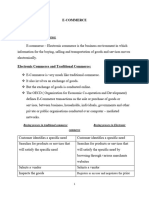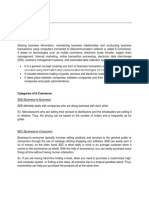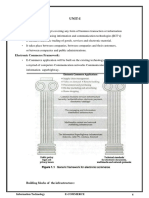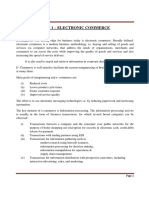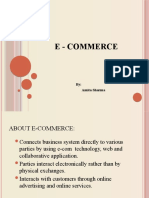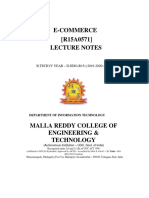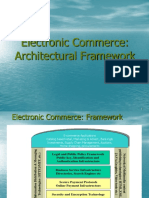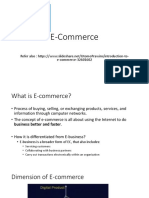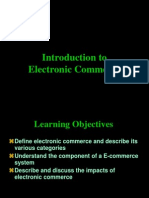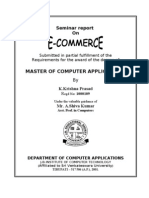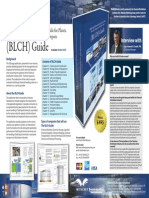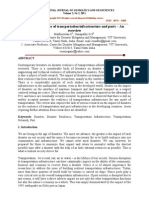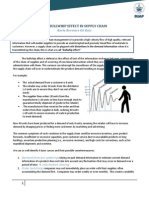0% found this document useful (0 votes)
35 views18 pagesE-Comm Unit-1
HDD to the day Rupeshbhai of time table for the month of time to be done in the evening of the month of December to be in a
Uploaded by
parthkalsariya216Copyright
© © All Rights Reserved
We take content rights seriously. If you suspect this is your content, claim it here.
Available Formats
Download as PDF, TXT or read online on Scribd
0% found this document useful (0 votes)
35 views18 pagesE-Comm Unit-1
HDD to the day Rupeshbhai of time table for the month of time to be done in the evening of the month of December to be in a
Uploaded by
parthkalsariya216Copyright
© © All Rights Reserved
We take content rights seriously. If you suspect this is your content, claim it here.
Available Formats
Download as PDF, TXT or read online on Scribd
/ 18










